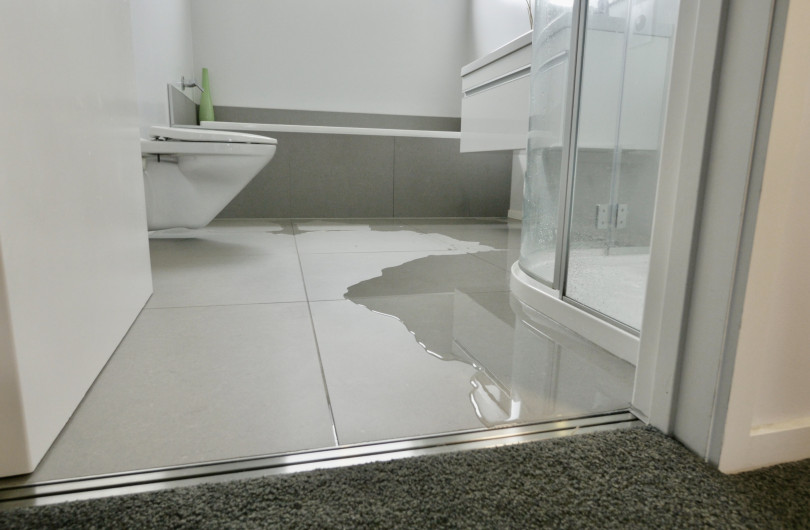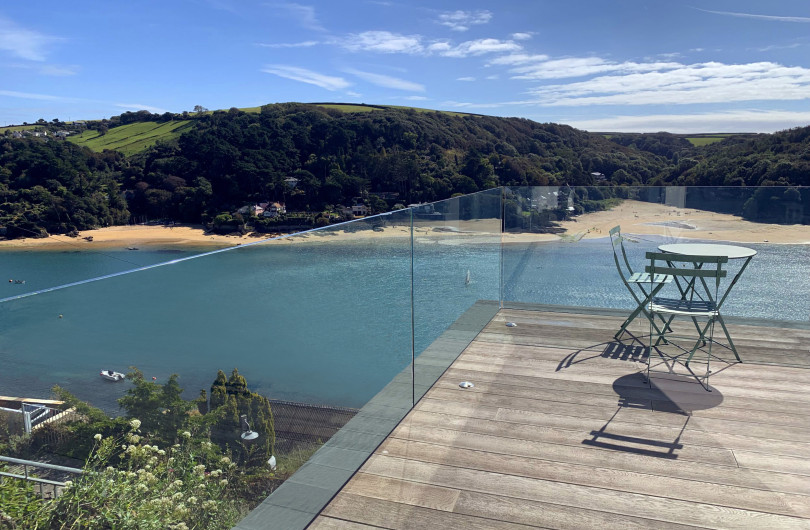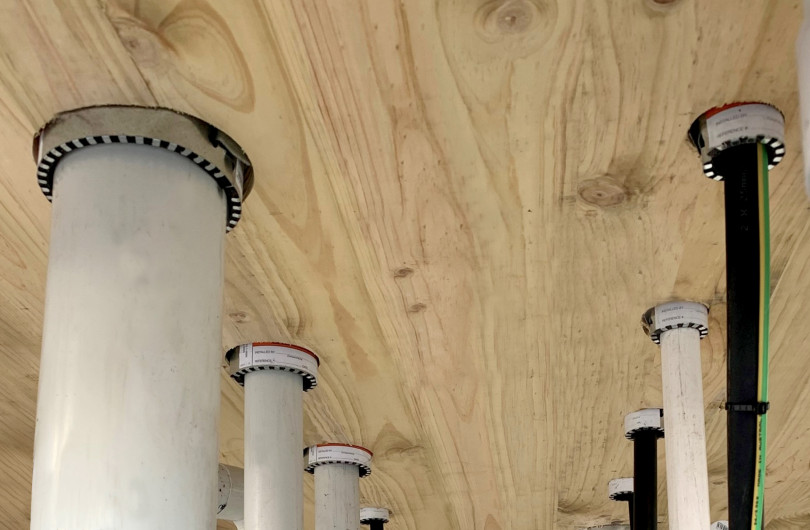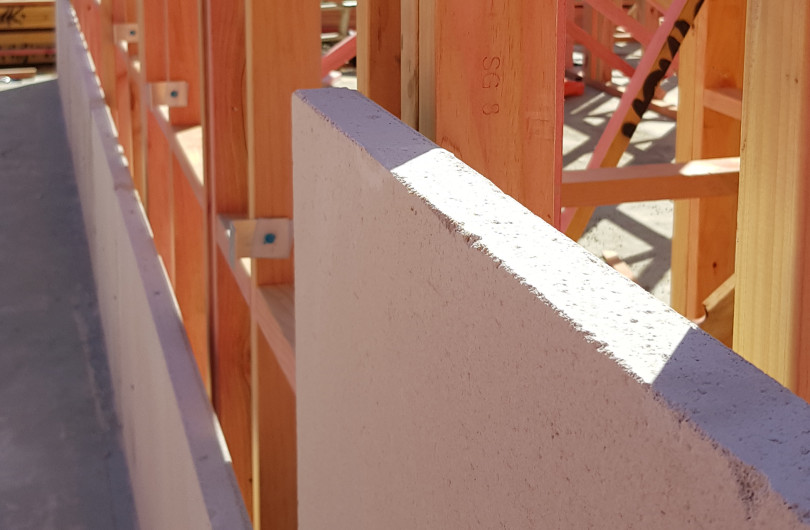I was a gymnast, a National Champion in my grade at the age of 10, now I get the enjoyment of watching my boys compete in trampolining. Brilliant. What fascinates me are the different coaching expectations and outcomes on display at their competitions.
When I competed, my coach John Taylor expected us to do the simple things perfectly, and I’m referring to the voluntaries where competitors string together their own routine. Judging was based on levels of difficulty in moves and sequences of moves, with a minimum number of difficulty points required, but theoretically no upper limit of ‘artistic expression’, which for 10 year old boys probably amounted to ‘not much’.
John’s coaching directed us to the simplest of routines executed with no mistakes. No mistakes meant no deductions, and means consistency, and some would argue not particularly exciting gymnastics.
Compare that approach to what I observed within the last few weeks where some trampoline competitors were pushing every possible combination of somersaults, double somersaults, some with twist, all the while getting lower and lower and more desperate to maintain control of limbs — think gangly teenagers being thrown about inside a washing machine. Maybe that’s a good thought.
Other competitors were executing simpler routines flawlessly, and it was ultimately more enjoyable watching them.
While simpler in overall form, the flawless routines have a definite grace, an elegance of control, and watching them is enjoyable. The flash and dash routines have a rawness, and there is a real expectation of crash. It is definitely a picture of risk vs reward, because as I watched it started to become disappointing and predictable, albeit somewhat compulsive viewing waiting for the mistakes.
The competitors producing flawless routines were ultimately the winners.
My story is a tale of compulsive viewing for the spectators, but the winner here is really the spectator, not the competitor. I’m drawing a very short bow to residential house design, where the flash and dash home is for other’s viewing pleasure and might through various reasons neglect the thermal performance required for comfort and liveability in the 21st Century.
The good news here is the difference between an existing design and reasonable or good thermal performance is not massive, and not massively difficult. A big glass box in Central Otago might not be in this category, however. So what to do to improve occupant enjoyment without designing boring boxes?
Designing with Comfort and Liveability in Mind
Calculate the right amount of insulation for our climate (in-use performance) for:
- Walls: R-value of insulation is one thing, but what is the installed performance?
- Windows: Find out what Ug and Uw mean for performance
- Ceilings: Is it possible to over-insulate to attempt to overcome old performance?
- Penetrations: How are they connected for insulation, airtightness and weathertightness?
I think this comes down to spending the time getting past old habits (dragging and dropping generic details), one example of this is the expectation of thermal performance from of a window which itself is only installed to meet requirements of weathertightness, resulting in condensation forming.
So work with us, apply for a scholarship to (or fund one of your team into) a design course through the Passive House Academy New Zealand where these concepts are explored in depth. It doesn’t mean you have to produce Certified Passive Houses, just increase the knowledge around improved thermal performance, indoor air quality and comfort — it may take some re-education but your clients will thank you for it.
Please contact us to discuss projects on 0800 proclima, visit our ‘proclimaHUB’ training and education centre in Auckland, submit your detail for review (free) at our website.





























 Most Popular
Most Popular Popular Products
Popular Products


